Affiliate links on Android Authority may earn us a commission. Learn more.
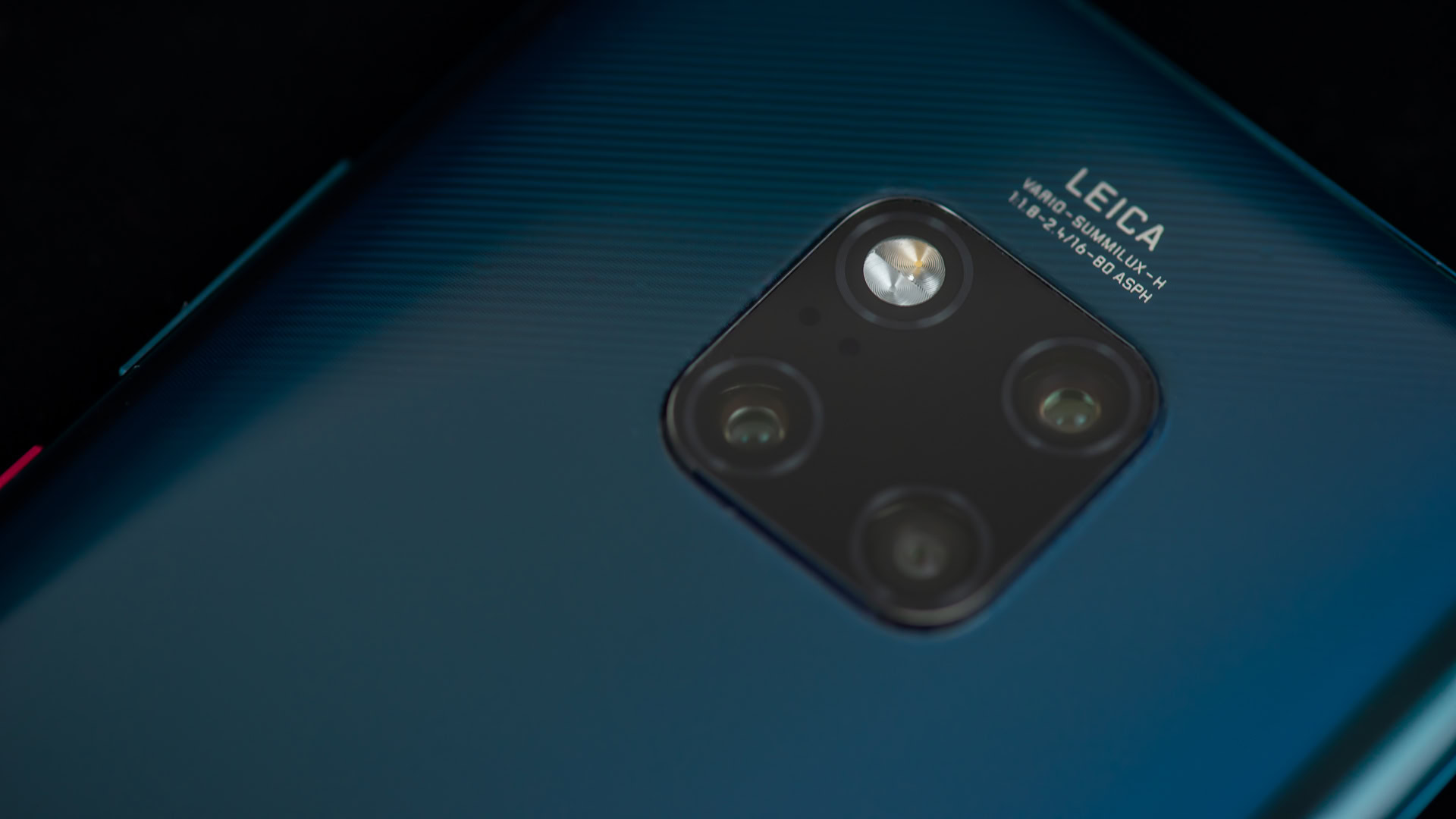
Huawei HUAWEI Mate 20 Pro
What we like
What we don't like
Huawei HUAWEI Mate 20 Pro
This is the one you’ve been waiting for. Today we are taking a look at the HUAWEI Mate 20 Pro’s camera performance. Is it all it’s cracked up to be?
Don’t miss:
- Our HUAWEI Mate 20 Pro review – the best phone for power users
- HUAWEI Mate 20 Pro long-term review: Still worth the money
HUAWEI has built quite a reputation in smartphone photography, so its latest and greatest entered the market with high expectations. Its triple-camera array, Leica lenses, high-resolution sensors, and wide feature set certainly put it out to be among the best, at least on paper. We are here to find out if the amazing spec sheet translates to equally stunning shots.
I took it out for a spin across continents, taking into account different settings, scenarios, lighting situations, moods, and environments. Here’s what I found.
HUAWEI Mate 20 Pro camera specs
- Main cameras
- Wide angle: 40MP, f/1.8
- Ultra wide angle: 20MP, f/2.2
- Telephoto: 8MP, f/2.4
- Autofocus: Laser focus, phase focus, contrast focus
- Image stabilization: AIS (HUAWEI AI Image Stabilization)
- Flash: Dual LED
- Video: 4K at 30fps, FHD+ at 30fps, FHD at 60fps, 720p at 30fps
- Front camera
- 24MP, f/2.0
- Support 3D Depth Sensing Camera
- Video: FHD+ at 30fps, FHD at 30fps, 720p at 30fps
HUAWEI Mate 20 Pro camera app
Fans of HUAWEI smartphones will feel right at home with the HUAWEI Mate 20 Pro. It uses the same interface as the P20, P20 Pro, and other popular handsets from the Chinese manufacturer.

I happen to like the app for its abundant features and ease of use. Unlike camera applications from other manufacturers, everything is pretty straightforward here. Aperture, Night, Portrait, Photo, Video, and Pro mode sit clearly between the viewfinder and the shutter button. Selecting the “More” option brings up advanced features like Watermark, Time-lapse, AR lens, Slow-mo, Document scanning, HDR, Panorama, and even Underwater (which requires a special case).
It’s all there; no feature is hiding in the settings menu or using weird secondary buttons. The only feature HUAWEI put in an odd location is the HiVision mode, which can scan QR codes, barcodes, texts, products, and objects. The mode can scan text to see a translation, point at a product to see shopping options, and more. It is quite fun and worked perfectly every time.
The rest of the app is pretty straightforward, but it can get a bit crowded. A lot of features have been thrown into this phone and the UI takes a hit. The few onscreen options change in every mode, and the settings can get confusing, since they also adapt to your current mode. However, the learning curve isn’t as complex as with other smartphones.
So many features have been thrown into the HUAWEI Mate 20 Pro that the UI takes a hit.Edgar Cervantes
Master AI is less reliable, though. It can recognize the type of image you are shooting and automatically apply software enhancements to best fit the shot. I like what it can do when it gets things right. Shots with plenty of sky in the frame will get a more vibrant blue hue. Throw plants into the frame and the greenery will get more vibrant. You can learn more about it in our explanation post.
Regardless, I found it got things wrong about 25 percent of the time. Sometimes it thought I wanted to capture text when there was just large writing in the background. Sometimes it went into wide mode when I didn’t want it to. I decided to keep Master AI off (you can toggle it in the settings). It is a cool enhancement feature many of you will enjoy if you can get past its inconsistencies, but I prefer tweaking my images manually.
- Ease of use: 8/10
- Intuitiveness: 7/10
- Features: 10/10
- Advanced Settings: 10/10
Score: 8.8
Daylight
Smartphone cameras get the best results in broad daylight, when the shooter doesn’t need to struggle for light. Direct sunlight can also make shots harder to judge though, as even mid-end cameras can output awesome photos with the right exposure.
More light also means stronger shadows, which usually tests the camera’s dynamic range. The HUAWEI Mate 20 Pro seems to have been great at recognizing differences in exposure and automatically turning HDR on. We can mostly see this in images one, three, and four.
The first image looks very uniform, equally exposed across the frame. There is plenty of detail in the clouds, as well as around the trees and grass. The third and fourth images show detail where I didn’t think they would, given the high contrast in light and direct sunlight within the frame.
The HUAWEI Mate 20 Pro is doing very well in the Daylight section, but not much better than the other great camera smartphones out there. The true differences will shine in other sections of the review.Edgar Cervantes
My only real complaint in this section is that the second image is underexposed. It shows plenty of detail in buildings and moving cars, but it’s a bit dark. That’s disappointing, especially considering some of these images where actually taken in slightly darker environments.
Otherwise, colors are vibrant, detail is abundant, and dynamic range is quite surprising. So far the HUAWEI Mate 20 Pro is doing very well, but not much better than the other great camera smartphones out there. The true differences shine in other sections of the review.
Score: 9/10
Color
Are those shrimp in the first image? Maybe mini lobsters? Whatever they are, they look appetizing, likely because their red hue really pops. The vibrant red stands out, almost to the point of looking artificial. This issue isn’t repeated in the other images, though, where bright colors pop without giving off an over-edited appearance.
The blue Porsche 911 GT3 RS is easily the best car I have driven in my life, so I am glad the picture does it justice by making it look shiny and vibrant.Edgar Cervantes
The blue Porsche 911 GT3 RS is easily the best car I have driven in my life, so I am glad the picture does it justice by making it look shiny and vibrant. I also love how you can appreciate the water droplets and green grass. The same can be said about the fourth image, where the colors are uniformly vibrant, yet natural.
Even in foggy London, the yellow containers and bright red double deckers manage to stand out without looking out of place. HUAWEI seems to have found a way to make colors pop and still look natural, at least most of the time. However, even though vibrance and saturation are acceptable, these images’ contrast does lean more toward the heavier side.
I will say the second and fourth images look a tiny bit under-exposed, though. If you look at my face, you can see signs of over-softening and lack of detail. You can barely see detail in my beard. So while, colors are nice, I wish the camera got more detail.
Score: 8.5/10
Detail
Fans of the HUAWEI P20 Pro will find something very important lacking in the HUAWEI Mate 20 Pro specs. The monochrome sensor is not in the HUAWEI Mate 20 Pro, and it’s a feature many of us will certainly miss, because it added all the detail to the legendary P20 Pro photo quality. The Monochrome mode is still there, but it no longer uses a dedicated sensor. It essentially just turns a regular photo black & white.
Where is the monochrome sensor? It's not in the HUAWEI Mate 20 Pro, and it's a feature many of us will miss.Edgar Cervantes
The effects of a monochrome sensors are complex, but I will try to simplify it. Camera sensors are made of photosites, which capture light information. In color sensors, individual photosites only record one of the three specific basic colors (red, green, or blue). Meanwhile, in monochrome (black & white) sensors, photosites grab all light information they can, resulting in more minute detail.
The HUAWEI team swears software optimization can replicate the same level of detail as the monochrome sensor, but I disagree. I could see much more detail in HUAWEI P20 Pro shots.
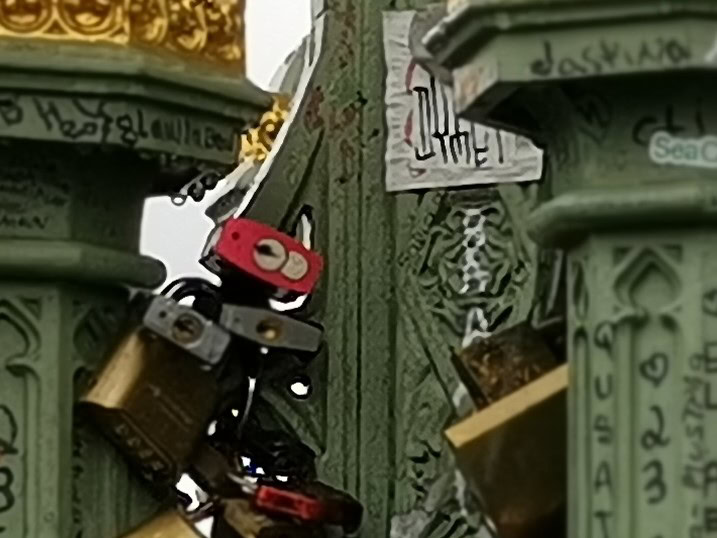
I have to give HUAWEI a lower score in this section. Not exactly because it did badly, but because it took a step back by getting rid of the monochrome sensor. Replacing it with a super wide-angle lens, though, might bring some feature you will love, like macro functionality (more on that in a bit).
Score: 7/10
Landscape
The HUAWEI Mate 20 Pro is especially good at landscape photography. Its great dynamic range ensures a uniformly exposed frame, vibrant colors, and high contrast, and that super wide-angle lens really keeps everything is in frame.
The HUAWEI Mate 20 Pro is especially good at landscape photography. Edgar Cervantes
The second image wouldn’t have been possible without the super wide-angle lens. There’s some distortion, but it made for the right composition. I was in a London Eye cabin, so I couldn’t really step back to get more into the frame. It was either the deformed edges or nothing!
As we mentioned in the Detail section, zooming in is where it all goes downhill. Otherwise, the HUAWEI Mate 20 Pro can take some great landscape shots, especially if you need to go wide and really get it all in frame.
Score: 8.5/10
Portrait mode
Portrait mode simulates the bokeh effect (officially known as “blurry background”). We often see this effect in DSLR cameras using lenses with a wide aperture and shallow depth of field. Phones can’t do this naturally, so they use multiple lenses to figure out distance between the foreground and background in relation to the subject, and artificially add blur to things at farther distances.
The main issue with this is phones often do a bad job outlining the subject, getting confused about what is really in the distance. This results in blurring areas that shouldn’t be, or leaving background parts in focus. Sadly, this happened with the HUAWEI Mate 20 Pro. It is most obvious around the wind pipes and the glass behind David, where some spots are left in focus when they shouldn’t.
The HUAWEI Mate 20 Pro can definitely take a nice shot in portrait mode, but it will get things wrong often. Gotta keep an eye on its mistakes!Edgar Cervantes
The HUAWEI Mate 20 Pro portrait mode does a really good job when it gets things right, though. There are no significant mistakes in image one and four, and they look rather nice. The camera recognizes how far something is and blurs accordingly. In the image of me sitting in front of the ocean, you can see the beach is more blurred out than the boardwalk (which is closer to me).
In summary, the HUAWEI Mate 20 Pro can definitely take a nice shot in portrait mode, but it will get things wrong often. Gotta keep an eye on its mistakes!
Score: 7.5/10
HDR
High dynamic range (HDR) is used to evenly expose a frame with multiple levels of light. Traditionally it’s done by mixing photos taken at different exposure levels. The end result is an image with reduced highlights, increased shadows, and more even lighting.
In this phone HDR can be left in auto, turned off, or forced on. For this set of images we forced HDR on, just to make sure we got the best results.
When I first tried my hand at HDR on the HUAWEI Mate 20 Pro I was near the London Eye. I didn’t exactly walk out surprised, as plenty of detail under the tree was lost in the shadows. I was quite impressed by the high dynamic range mode once I started to play more with it, though.
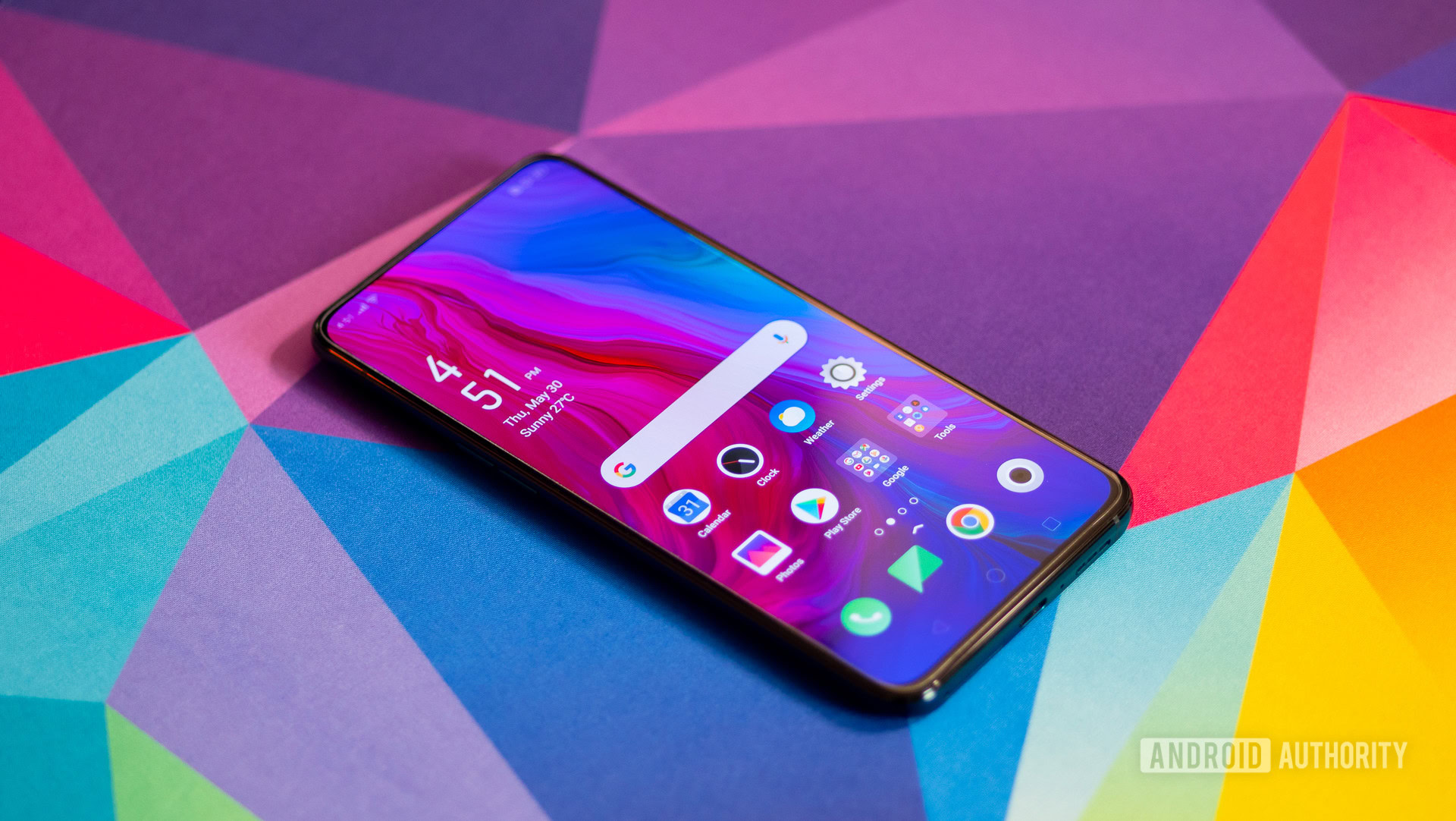
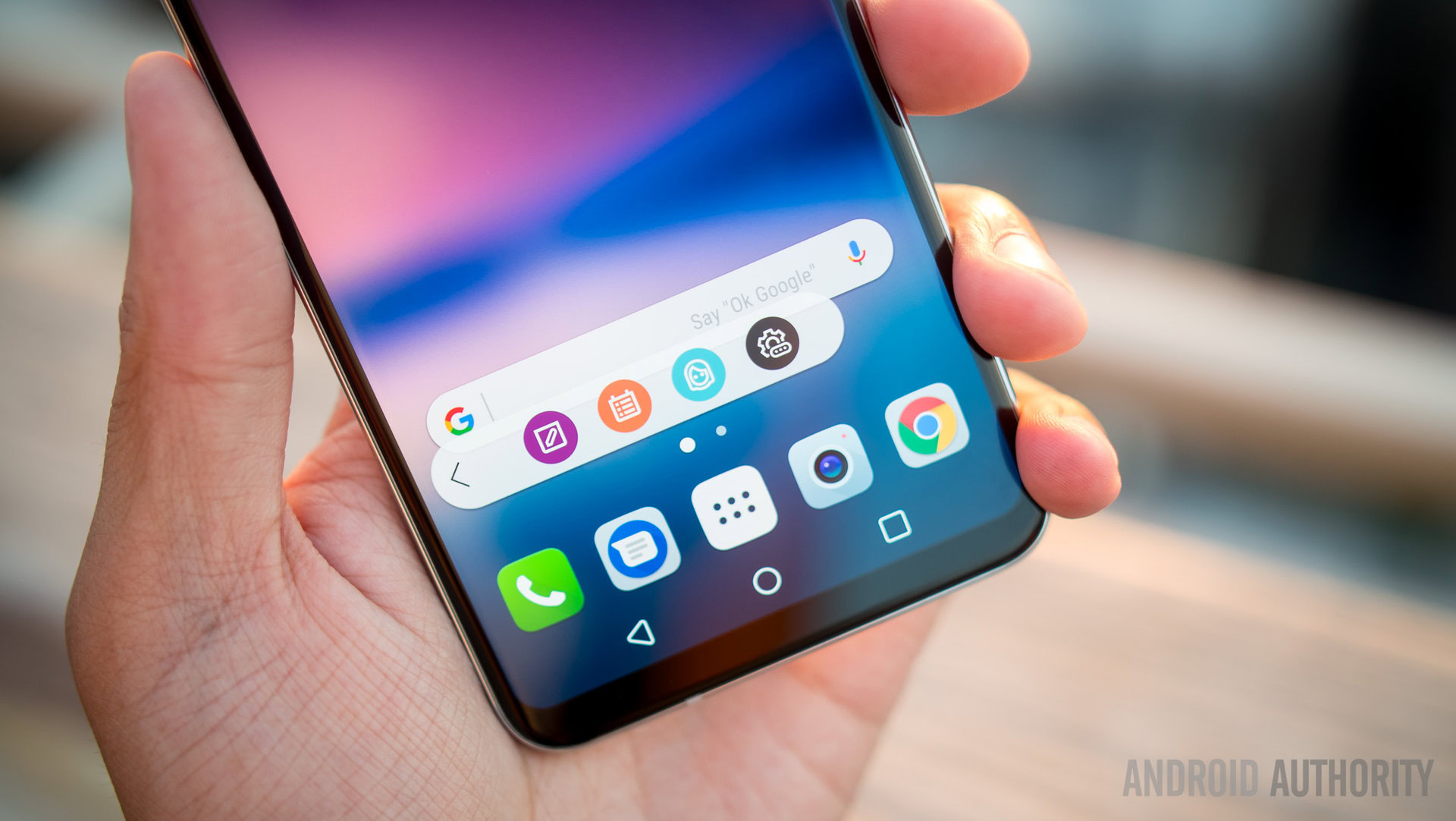
I was especially impressed by the second image, which, despite having direct sunlight in the frame, managed to show quite a bit of detail around the people’s clothing, furniture, beach, and other elements. Of course, it’s all relative. We can really see it all in the image, but we were surprised to see much more than a silhouette. Given the circumstances, the phone did extremely well.
Furthermore, the picture of the stone bus decoration really showed us how much the camera can really do when you force HDR on. That dark alley was pitch black to the naked eye. Sure, the camera had some issues figuring out the white balance, but we also pushed it to its farthest limits.
Score: 8.5/10
Low-light
In and of itself, the HUAWEI Mate 20 Pro does alright darker environments with its regular auto mode. You know the deal — higher ISO, wider aperture, and slower aperture can degrade the quality of the photo, affect the depth of field, and blur the image. The HUAWEI Mate 20 Pro has a little something up its sleeve, though.
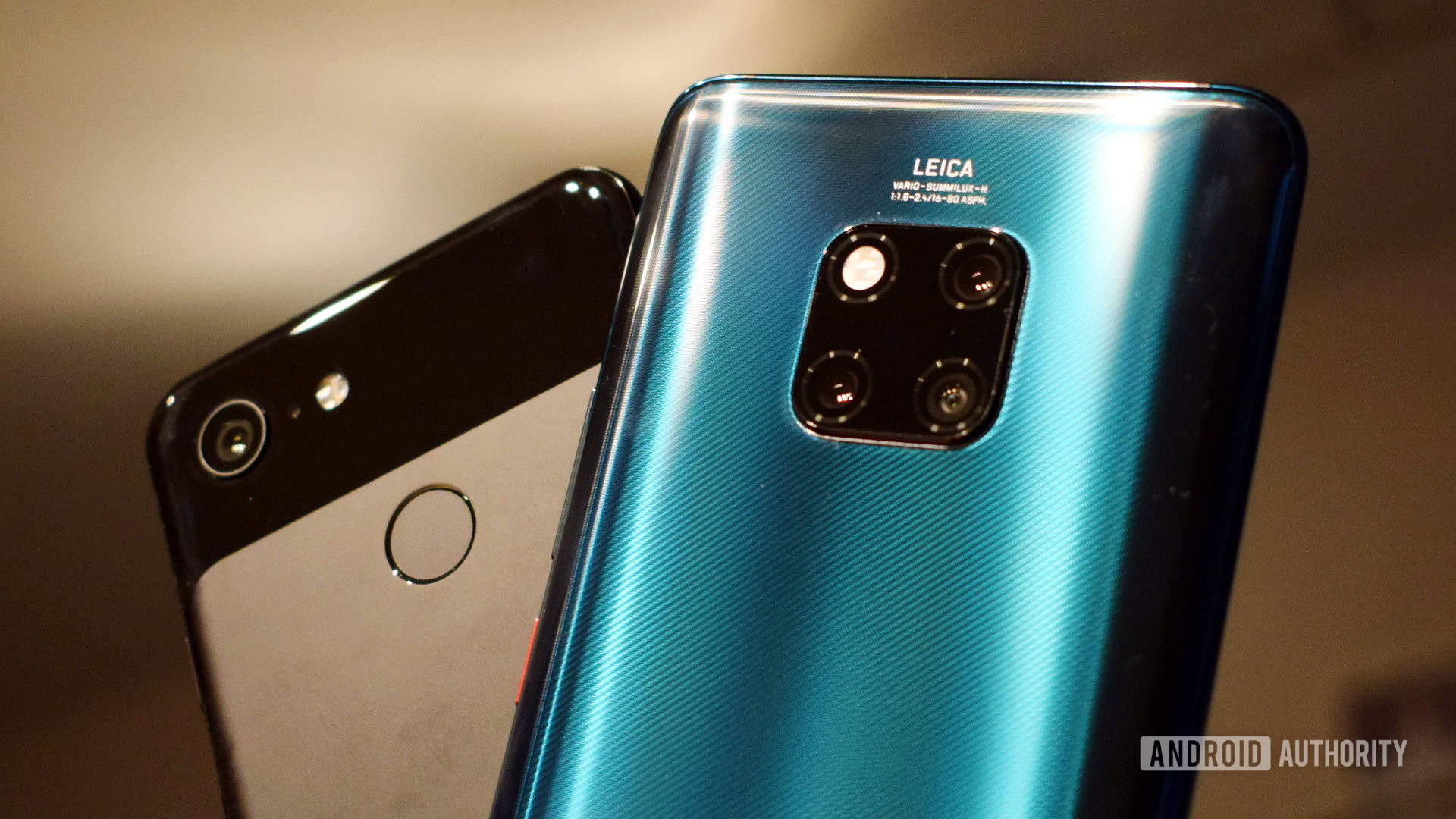
The phone’s Night mode will take multiple shots at different exposures, then grab the best from all images and turn them into a single, improved low-light shot. It actually works wonders. Exposure itself will be similar, but in Night mode images lack motion blur, noise, and other elements often seen in low-light shots.
As you can see, outdoor low-light photos look crisp and well exposed, with plenty of detail in both the shadows and highlights. Go to extremely dark situations and you can still somewhat appreciate the subjects, like we see in image two. It’s not the best shot, by far, but it is really good considering the situation. What mostly affects it is white balance.
Score: 9/10
Macro
That super wide-angle lens is really cool for getting more content in the frame, but I for one am more excited about its macro photography capabilities. The new super wide-angle camera makes it possible to focus on your subject even as close as 2.5cm from the camera!
A super wide-angle lens is really cool, but I am more excited about its macro photography capabilities.Edgar Cervantes
When you want to take a macro shot, just zoom out to 0.6x and close in on your subject. I could focus in on water droplets, a decaying lock, a tree, and a stuffed animal. The amount of detail you can get from such a close distance is stunning.
It sure is a fun feature to have! Detail is nice, but this gives you a level of functionality you won’t really find in other smartphone cameras. That is why it gets a perfect score.
Score: 10/10
Selfie
To some of you, selfies are what smartphone cameras are all about. If you really care for selfie quality, you should probably look elsewhere. The HUAWEI Mate 20 Pro’s front-facing camera gets the job done, but it is far from being a main contender in the selfie department.

With enough light you get nice results, like in image one and three. My skin is detailed, you can see much of my beard’s hair strands, and colors are nice.
Things stop looking so nice once the sun goes down, though. Just look at the last photo. There is no detail in the hair and the shot is very softened. The second shot even shows signs of motion blur.
Selfies will come out alright if you put enough effort into them, but we expected more from what HUAWEI claims to be the best camera smartphone in the industry.
Score: 7.5/10
Video
A beautiful sunset is a great test subject for a camera. There is usually plenty of detail to see in the sand and water. Not to mention the contrasting brightness does a great job at testing dynamic range in video. As you can see in the video below, people quickly turned into silhouettes when pointing the camera at the sunset.
Turn around to take a look at the boardwalk and it all changes, though. There is plenty of detail in the people, wood, and shrubbery. Colors are vibrant, yet well balanced (unlike the HUAWEI P20, which saturated colors to hell). Image stabilization isn’t exactly the best we have seen, but it is pretty good considering I am not the smoothest walker out there.
Score: 8.5/10
Conclusion
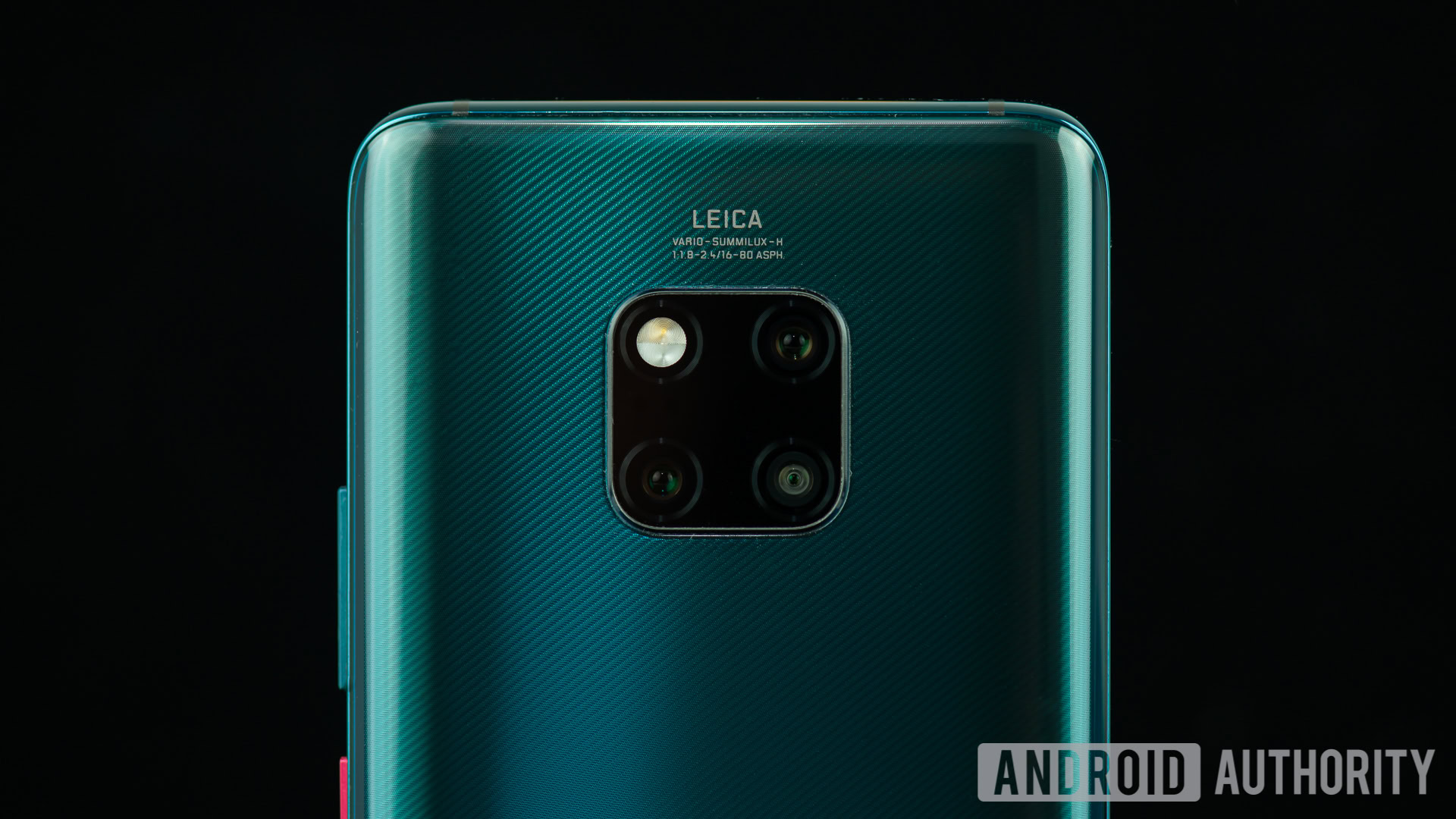
Overall score: 8.4
The HUAWEI Mate 20 Pro is a great camera and it might deserve a higher score, but I came into this review with high expectations. The HUAWEI P20 Pro had great detail and stunning colors — it was overall an amazing camera.
I am disappointed by the fact that I actually believe the HUAWEI Mate 20 Pro to be a step down in terms of camera quality.Edgar Cervantes
I actually believe the HUAWEI Mate 20 Pro is a step down in terms of camera quality, mostly thanks to the absence of the monochrome sensor (which brought more detail to images) — that’s disappointing. I for one would give up the macro capabilities and the wider angle lens for more detail in general images. Those features are really cool, but I think they’re fads many will forget about after the hype dies down.
Regardless, the HUAWEI Mate 20 Pro is still among the best cameras out there, and we know some of you will believe it to be the king of smartphone cameras. You wouldn’t necessarily be wrong — it’s a seriously good performer. Dynamic range (and HDR) is up to par with the latest and greatest. It seems HUAWEI finally found a way to make colors vibrant without giving them an over-saturated, fake look. You can get stunning results in low-light with Night mode. If you are into macro photography, you can get some amazing results I never thought possible on a smartphone.
It’s not a bad investment, but I’m going back to the HUAWEI P20 Pro right after I am done with this review (which is now).